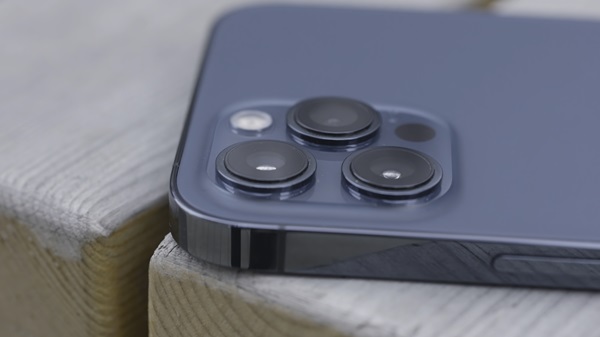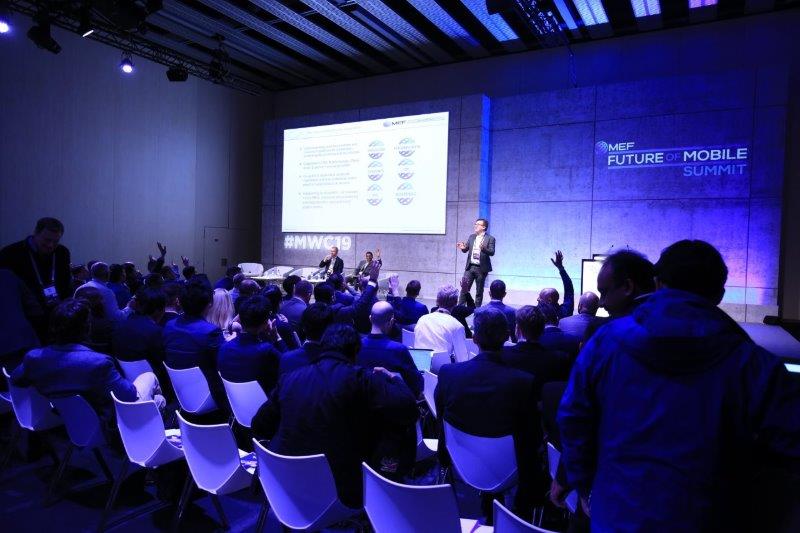MEF’s Riccardo Amati shares his take on the week’s mobile and tech stories from around the world. Headlines include… Chatbots Face U.S. Child Safety Probe, Australia’s Mobile Apps Face Age Verification Challenge, Siri Gets Smarter: Apple’s AI Search Launches Next Year and much more… Alternatively listen On MEF Radio.

Chatbots Face U.S. Child Safety Probe
The pressure on Big Tech to protect kids online is intensifying—this time in the U.S. The Federal Trade Commission is preparing to demand documents from OpenAI, Meta, and Character.AI as it studies how chatbots affect children’s mental health.
The move follows reports of teens forming troubling relationships with AI bots, including cases linked to suicides. Regulators want to know whether these tools are harming vulnerable users—and how companies plan to safeguard them.
OpenAI says teen accounts with parental oversight are coming soon, while Meta has tightened restrictions on chatbot conversations with minors. These alerts and parental controls may integrate directly into apps and smartphones, giving families real-time oversight of AI interactions and potentially helping prevent harm.
Watchdog groups warn harmful interactions happen every few minutes on some platforms.
For the mobile ecosystem, it’s another fault line: AI chatbots are spreading as fast as social media did a decade ago—and regulators are scrambling to catch up.

Australia’s Mobile Apps Face Age Verification Challenge
Australia is pushing to ban under-16s from social media, but the rollout hinges on a controversial tool: selfie-based age verification. From December 10, platforms like Meta, TikTok, and Google must delete millions of underage accounts—or face fines of up to 50 million Australian dollars.
The government insists selfies can verify ages quickly and protect privacy. But accuracy plunges near the 16-year cutoff, especially for girls and non-Caucasians, raising bias concerns. Experts warn the timeline is too tight and that some teens will still slip through the cracks.
With 95% of young Australians already active on mobile apps, the law is more than a child-safety measure—it’s a test of whether the mobile ecosystem can enforce rules fairly and at scale. On paper, the tools look tough. In practice, the selfies may be the weakest link.

Siri Gets Smarter: Apple’s AI Search Launches Next Year
Apple is gearing up to launch an AI-powered web search tool next year, built into Siri, to compete with OpenAI and Perplexity.
The move comes as voice assistants and mobile devices increasingly serve as primary gateways to the internet, with users demanding faster, more accurate answers.
The new system, called World Knowledge Answers, will combine text, images, video, and local data, using AI to summarize information instantly.
Apple is testing Google’s Gemini AI model to power the service while keeping personal data on-device for privacy.
This upgrade marks a major push to make Siri a central hub for search across iPhones and iPads, while also positioning Apple to compete in the AI-driven mobile ecosystem.

Google Hit with Limits, Rivals Still Watching
Google has escaped major penalties in a landmark antitrust case over its search monopoly. A federal judge found the company illegally maintained dominance through exclusionary deals, but rejected drastic remedies like breaking up Chrome or ending its billion-dollar agreements with Apple.
Instead, Google faces lighter constraints—such as sharing some search data and avoiding exclusive contracts. For the mobile ecosystem, that means Google search will likely stay the default on iPhones and Android devices, keeping rivals on the sidelines.
The judge pointed to rising competition from AI players like OpenAI and Anthropic, which are reshaping how people search on smartphones. But with mobile AI evolving faster than the courts can act, users should expect incremental tweaks—not a dramatic shake-up—in how search works on their devices.

The AI Kings at the Court of Trump
Big Tech CEOs lined up at the White House this week to back First Lady Melania Trump’s AI education initiative—and to stay in the good graces of the administration. Microsoft’s Satya Nadella pledged $4 billion in AI tools and free access to Copilot for U.S. students, while OpenAI’s Sam Altman announced a jobs platform and training program to accredit 10 million Americans by 2030. Google’s Sundar Pichai promised $1 billion for AI education, calling the effort “an honor.”
For the mobile ecosystem, these pledges mean AI will be embedded deeper into the devices and apps students already use—from Copilot on smartphones to Google’s AI-driven learning tools. But the charm offensive also highlights what’s at stake: tech giants face antitrust lawsuits, regulatory threats, and tariffs. Winning favor in Washington could be as critical to their mobile future as the AI products themselves.

China’s Purple-Collar Revolution: Robots Take the Floor
China is rapidly automating its factories — and it’s reshaping global trade. Domestic robot makers are now supplying nearly half of the 280,000 industrial robots installed in Chinese plants each year, giving manufacturers cheaper automation tools than foreign rivals.
The push, backed by government policy, has helped China hold onto — and even expand — its share of labor-intensive exports like toys, furniture, and small household goods, despite rising wages.
Factories say switching to local robots has cut labor costs in half and boosted efficiency, allowing them to ship more goods abroad at competitive prices. Economists say the trend explains how China is defying the usual pattern of wealthier nations losing low-end manufacturing.
Still, automation is displacing millions of workers, even as officials urge a shift toward a “purple-collar” workforce of robot technicians.

AI Turns Robot Arms into a Precision Dance
Scientists have developed an AI system called RoboBallet that choreographs teams of robots to work together without collisions, promising faster and more efficient industrial production.
Using reinforcement learning, the AI plans complex tasks in seconds that previously took days, allowing multiple robot arms to complete more jobs with precision.
This comes as manufacturers increasingly integrate mobile-connected robotics and AI dashboards to monitor production in real time.
While still untested on actual factory floors, RoboBallet could transform car assembly lines and other automated operations, boosting speed and reducing errors.

Gender Gap Widens in AI Apps
Men more likely than women to use generative artificial intelligence, a new study suggests .
Researchers analyzed AI adoption globally and found men consistently outpace women, both at work and in everyday life.
Women accounted for about 42% of monthly ChatGPT and Perplexity users, and just over 31% on Anthropic’s Claude. On smartphones, the gap was even wider: only 27% of ChatGPT downloads came from women.
The pattern held across countries—from the U.S. and Japan to India and Brazil. Experts say women often worry AI use could harm their careers or make others question their skills.
To close the gap, researchers suggest employers encourage AI use for all. Otherwise, they warn, the technology risks reinforcing gender biases.

Could AI Kill the Pop Star ?
Is AI coming for the pop star? New music-generation apps like Udio and Suno can create full songs in seconds from a simple text prompt.
According to the Financial Times, the results aren’t chart-toppers yet, but they’re good enough to raise alarms among record labels, which are suing the companies for training on copyrighted tracks without permission.
For the mobile ecosystem, the stakes are high: these tools live on the same smartphones and apps where fans already stream their favorite artists. That means AI music could slip into playlists alongside human performers, blurring lines for listeners.
Critics say AI can’t replicate the personality and storytelling that make pop stars like Taylor Swift or K-pop idols connect with fans. But in areas like ad jingles, background scores, or beat-making for rappers, AI is already reshaping the creative pipeline. The microphone changed music a century ago—AI on mobile may be the next disruptive instrument.





